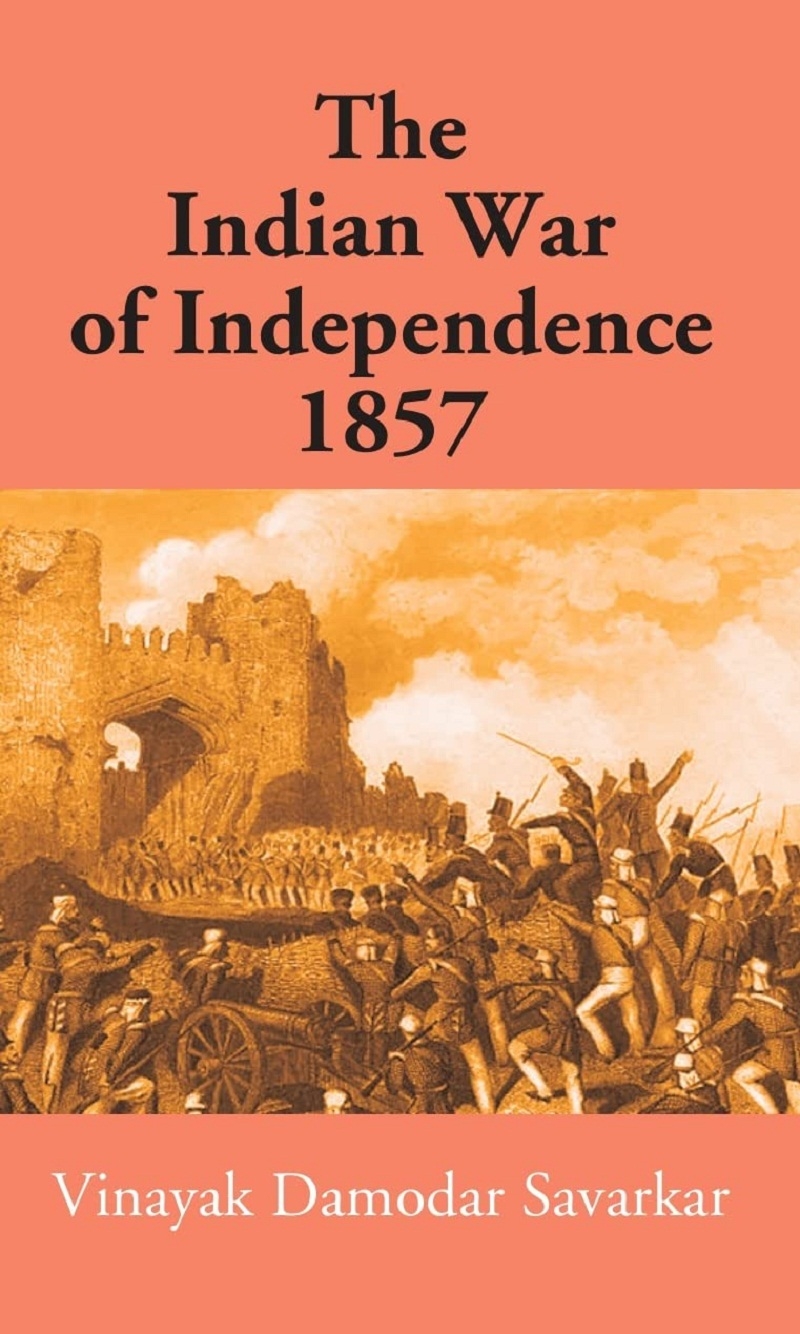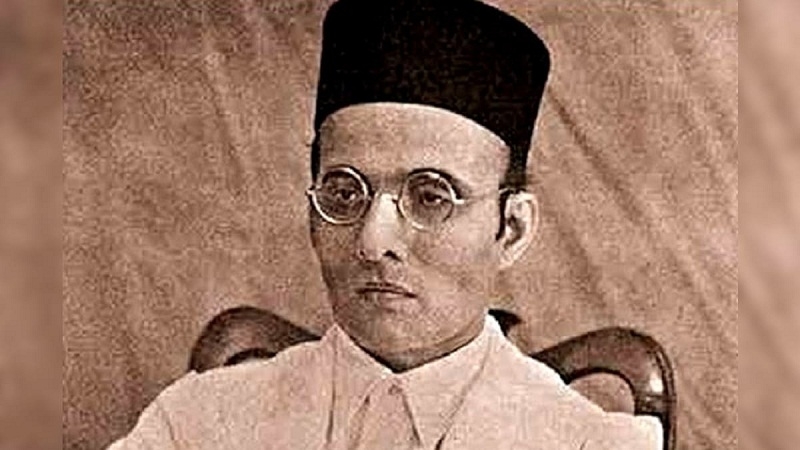Some musings on Bharat's First War of Independence -II

Preserving Swarajya Dharma:
The issues that dominated the struggle in the North were the same in the South. In the words of Veer Savarkar, “The main aim of the struggle was to preserve ‘Swarajya Dharma”.
Rango Bapuji Gupte led the conflict in December 1856 in Satara followed by armed rebellion in Pune, revolt in the Army platoons in Mumbai, and Bhima Nayak of Khandesh led the attack in Sirpur, in May 1857. In the month of July that year, there was a revolt of the 27th platoon in Kolhapur. In October 1857 Bhagoji Naik clashed with the British army in Nasik, followed by the revolt in Beed and Sawantwadi in 1858 and 1859.
Radhakrishna Dandsen led the armed rebellion in February 1857 at Midi in Andhra Pradesh; there was a revolt of the 30th platoon of Kadapa in Andhra Pradesh; a revolt of Hyderabad First Cavalry in June 1857; an attack on Jamkhindy and Bijapur; encounters with the British forces by the Rohillas and Bhils at Aurangabad and Vaijapur in 1859-60; the soldiers of 8th platoon of Madras raised revolt at Vellore in 1857; the British were attacked in Karwar; the King of Nargund was engaged with the British forces; Dipuji Rane of Goa led a revolt against the British in 1858; rebellion in Chingalpet in Chennai in 1858 and the revolt of the 25th and 45th platoons of Queelone (Kerala) to name a few. These events will sufficiently substantiate the nationwide character of the First War of Independence.

The full credit to bring the truth of the 1857 War of Independence to the notice of the world and exposing the British conspiracy to dub it as “Sepoy Mutiny” undoubtedly goes to Veer Vinayak Damodar Savarkar. In his magnum opus ‘Indian War of Independence 1857’ Savarkar explained in detail how the Hindustani soldiers, fought with the British Army and how the masses helped them in this war. Savarkar was in London and he used the India Office library there to dig out the hitherto unknown facts about the ‘mutiny’. He searched the documents, writings, and other materials for nearly one and a half years before writing his book. And it was the first book that was banned before it went to print! Eventually, it would be published in the Netherlands, and shipped to India disguised in covers of classics such as Don Quixote and Pickwick Papers! The ban stayed for some forty years. It was translated into many languages and was considered the ‘Gita’ of the revolutionaries. The book was a compulsory read in the Azad Hind Fauz (Indian National Army) of Netaji Subhash Chandra Bose.
Explaining the purpose of the book Savarkar wrote in a French newspaper in 1908: “The purpose of my book is not only to present the historical truth as a matter of fact but also to ignite the fire of revolution in the hearts of the people for the freedom of the motherland and to wage a second revolution war."
Savarkar was barely in his early 20s when he wrote this book making his first foray into writing history. It busted the myth of the ‘Sepoy Mutiny’ and made a radical departure from that dominating narrative. It was an appeal to all Indians, Hindu or Muslim, rich or poor to rise and shake off the yoke of the Empire, something which their forefathers had been martyred in trying to do. The British government gave the best review possible to the book - they banned it and banned it even before it was published!
The British feared that with this book a situation like 1857 would once again resurface in Bharat making it most difficult for them to maintain their supremacy over such a vast country and its resources. They had a very trying experience in saving the Empire from the 1857 revolt and they were not prepared to face another such eventuality in the future.
This book showed the scope and range of Savarkar's understanding of Indian history. For it is impossible to pen such a document without going through scores of books and reading about everybody from Alexander down to the British Empire. Savarkar also addresses the reasons behind some of the defeats of Indian history, pointing to social and cultural constructs which prevented victories from being full and comprehensive, and in some cases preventing a fight back in first place including injunctions over crossing the Indus and the high seas.



